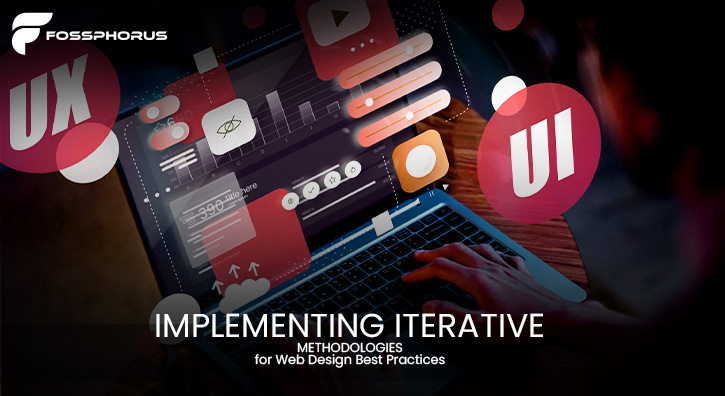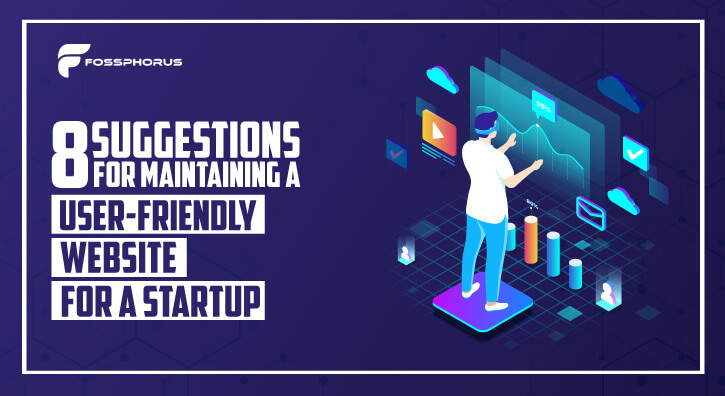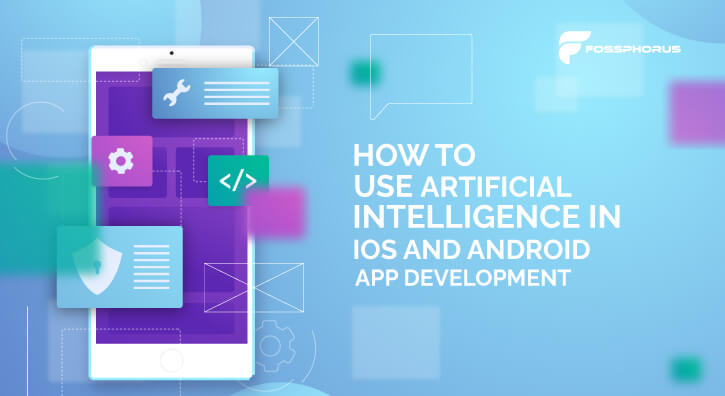BLOG Detail
Implementing Iterative Methodologies for Web Design Best Practices
04 October 2024
06:19 AM

Indeed, your web design services can make or break your organization. With more users and customers online than ever before, you can't afford to have a website that's, just basic. To outshine and make an impact, your website needs to impress and inspire.
Yes! That's a hint for you… The importance of responsive web design cannot be overlooked in today’s digital landscape.
However, creating an amazing online experience involves more than just stylish visuals. There's a science to crafting websites that engage and convert modern users. This is where iterative web design comes in handy.
Iterative design is the secret sauce for cooking up digital experiences that sizzle. By constantly testing, researching, and enhancing your website, you can keep up with ever-evolving user expectations.
Better yet, implementing iterative methodologies enables you to tap into user insights and transform your site into one that wows.
In this post, we'll explore the iterative practices in your web design workflow. With the right approaches, you can build a website that's optimized for today's digital world.
A site that's not just visually appealing but functional, accessible, responsive across devices, and focused on your users' needs. By the end, you’ll have the secret essence for creating a website that leaves users hungry for more. A site that can help your organization succeed now and wow customers for years to come.
Wait! What Is Iterative Web Design Services?
Iterative web design is an agile approach to creating, testing and refining websites focused on optimizing the user experience.
It revolves around rapid cycles of learning and enhancement based on user feedback and metrics. Rather than following rigid sequential steps, iterative web design employs an adaptable methodology that evolves a website over time.
Key iterative processes web design services provide include:
- Design sprints to quickly ideate and prototype new concepts
- Usability testing throughout development
- Launching with a core user flow and then expanding
- Analyzing data like click maps to identify issues
- A/B testing page variations to determine effectiveness
- Fixing pain points and constantly enhancing UX
10 Best Iterative Methodologies for Web Design Services
By taking an iterative approach to web design, organizations can gain the advantages of agility and flexibility. Let’s dig in deep and explore what are Iterative Methodologies and how they are beneficial.
1. Design Sprints
Design sprints allow teams to rapidly prototype and test ideas through targeted design cycles. Typical sprints last 5 days and involve steps like mapping the problem, sketching solutions, deciding on the best approach, prototyping, and testing with users.
This structured process enables validating or invalidating ideas quickly through real user feedback.
2. Prototyping
Prototypes are interactive models of a design concept that mimic the real user experience. They come in varying levels of fidelity, from low-fidelity sketches to high-fidelity clickable mockups.
Creating prototypes early allows designers to visualize and test ideas without fully building them out. User testing identifies improvements to implement in the next iteration.
3. Usability Testing
Usability testing in web design services involves observing real users interact with a design or prototype and gathering their feedback. Moderated tests provide insights into challenges or confusion points in the user journey.
Unmoderated tests at a larger scale give quantitative data on metrics like task success rate. Testing early and often prevents major issues down the line.
4. A/B Testing
A/B tests compare two types of a website page to statistically determine which performs better. For example, different CTAs or page layouts can be tested to optimize conversion rates.
A/B testing is easy to implement and provides clear data on real user behavior to inform design decisions.
5. Incremental Changes
Incremental changes are small, iterative improvements made over multiple versions. Fixing typographical errors, tweaking page speeds, updating imagery, or refining micro interactions fall into this category. Though minor, these changes compound to continuously enhance quality and polish.
6. Data Analysis
Analytics tools provide information on user actions like clicks, conversions, drop-off rates, and so on. Designers can use analytics to discover usability problems and areas for development. Besides, data drives redesign priorities to address real-world user pain points.
7. User Research
With the help of user research, you can understand target users' characteristics, needs, behaviors, and motivations. This is not it for web design services, interviews, surveys, site metrics, and user testing all provide valuable insights. Keep in mind, that your research should be ongoing to guide designs based on user expectations.
8. MVP Approach
You may have heard this term before if you belong to the website design services industry… The minimum viable product (MVP) approach means launching with a bare-bones product and then iterating based on data and feedback.
For websites, this can mean starting with key pages and expanding. Rapid learning cycles allow testing assumptions and refining the site.
9. Agile Methodology
Agile follows an iterative cycle of planning, creating, testing, and responding to feedback. Designers can easily take an adaptable approach to requirements and solutions. Moreover, short sprints facilitate continuous incremental improvements.
10. Continuous Improvement
Continuous improvement is an integral methodology for website design that enables constant optimization driven by user needs. With this approach, enhancement never stops—it's an ongoing process rather than a single destination.
Wrap Up!
And that wraps up our tour through the world of iterative web design services! By now, you should have a solid understanding of how iterative methodologies can level up your website and deliver great user experiences.
The key takeaways are:
- Adopting an agile, iterative approach enables continuous evolution based on real user insights.
- Leveraging techniques like prototyping, usability testing, A/B testing, and data analysis maximizes learning.
- Launching with an MVP and then incrementally improving gets your site live faster.
- Ongoing optimization through small tweaks and major updates is key.
- The focus should always be crafting sites based on target user needs.
While shifting to iterative web design requires some adjustments, the long-term benefits for your website's functionality and conversion rates are immense.
FYI: Fossphorus knows the importance of responsive web design. And they are always at your service to provide seamless, affordable, and appropriate web design services.




